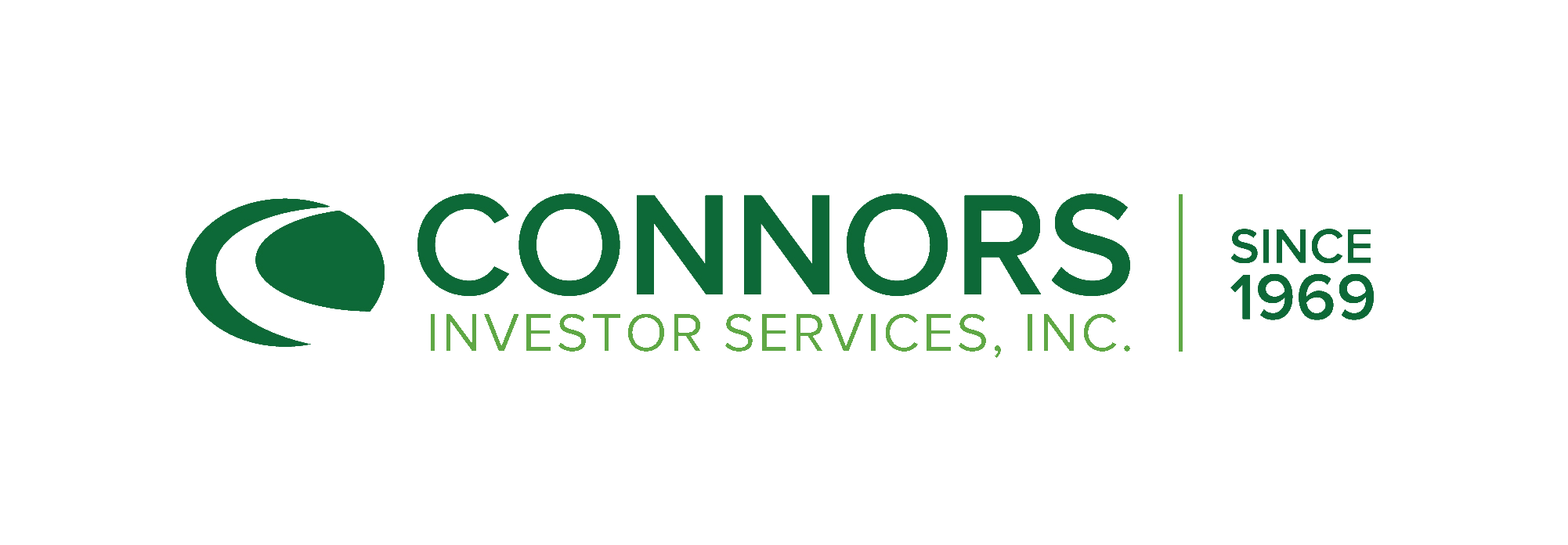2022 Q2 Small Companies Commentary
by Brian G. McCoy, CFA, on July 02, 2022
As we cross the mid-point of the year, investors have endured broad asset class volatility, wrestling with the effects of a combination of factors not seen in decades. Long dormant, inflation is at levels not seen for decades. Geopolitically, the war in Ukraine has led to sanctions against Russia and the disruption of Ukraine’s global economic input. In addition, supply chain disruptions continue due to China’s Zero-Tolerance policy to combat Covid. Finally, the tightening actions by the Federal Reserve and other central banks to combat the inflationary pressures are beginning to show signs of impacting economic activity. This multitude of factors has created a complex and challenging backdrop for markets to navigate.
These indicators, among others, suggest slowing economic activity which in turn would suggest lower or even negative corporate earnings growth. Conversely, this could lead to the realization of the Fed’s goal of lessening inflationary pressures, which would allow them to end their rate hiking cycle earlier and at a lower level than has been anticipated. Vigorously debated is whether the Fed can guide the economy through a soft landing or if a harder recession will be realized.
Given all the uncertainty, markets reacted with greater volatility and lower returns. All the broad equity indices certainly reflected this in the second quarter. For our strategy benchmark, the Russell 2000® declined by 17.21%, to which our our Small Companies portfolio declined by a greater degree, including fees, of approximately 2%. On a year-to-date basis so far, however, we are more closely aligned, again net of fees, with the Russell 2000® return of -23.43%.
Our leaders during the fourth quarter were as follows:
Healthstream (HSTM), a web-based provider of training, scheduling, and provider services for the healthcare industry, led our top contributors. Management has built a software platform with a number of acquisitions and internally developed technology to address several pressures healthcare providers are experiencing. The company has delivered positive earnings surprises even with the realization of its strategy in its early stages.
Calavo Growers (CVGW), a provider of fresh avocados and related products, provided good recent performance. Since including in the portfolio, internal and external operational challenges have impacted profits, but new management is implementing positive structural changes. We are encouraged for future performance as a result of these actions along with increasing consumer demand for avocados and fresh produce.
Innospec (IOSP), a specialty chemicals manufacturer, benefited during the quarter from solid demand. Their specialty products are benefiting from secular environmental drivers such as less water and plastic usage, while their products which address fuel efficiency and oilfield production
benefited from recovering energy demands. We feel these factors should continue for the foreseeable future.
AMN Healthcare (AMN), a provider of staffing and related services to the healthcare industry, has been a repeated driver of performance. The challenges faced by nursing and physician shortages across the country have led to solid demand and earnings growth for AMN. Management has delivered positive results organically and through well-integrated acquisitions. These trends show no signs of abating which is positive for continuing results.
Cryoport (CYRX), a vertically integrated cryogenic logistics solutions provider for the life sciences industry, rounded out our top performers for the quarter, though it experienced high volatility this year. The company has built a vertically integrated logistics network through a number of acquisitions, the benefits of which are now beginning to be realized. Clinical trial growth for therapies requiring their products and services should continue to drive improving fundamentals.
Activity During the Quarter
Our actions during the quarter were lower than the first quarter. We trimmed McGrath Corp. (MGRC) and AMN to lock in both current and long-term outperformance. On the buy side, we added to holdings in which we are optimistic about their future prospects but have sold off dramatically this year. Thus, we added to our positions in CYRX, Lending Tree (TREE), Cambium Networks (CMBM) and LivePerson (LPSN).
As we enter the second half of the year, we are overweight Energy, Healthcare, Technology and Consumer Discretionary. Our exposure to Industrials is in-line with our benchmark and we are underweight Consumer Staples, Materials, Financials and Real Estate. We have no holdings in Communication or Utilities at the present time.
General Outlook, Current Positioning/Strategy
In our last commentary, data generally indicated continued economic growth and consensus for U.S. GDP was approximately 3.5% for 2022. Today, consensus stands at 2.45% and is clearly in a downtrend. One economist whom we have found to be particularly inciteful just recently lowered his 2022 GDP forecast to -1.9%. It is our suspicion that estimates will continue to move lower as the probability of a recession this year has increased. In fact, the Atlanta Federal Reserve currently estimates 2nd quarter GDP at approximately -2%. If indeed this comes to pass, both quarters of the current year will show negative growth, thus meeting the technical definition of a recession.
The Federal Reserves’ move towards tighter monetary policy is being done to specifically impact demand and economic activity to reduce inflationary pressures. The most recent rate hike of 0.75% is the largest since 1994 and willlikely to be followed this month by the same amount. The hopes of avoiding a recession with such a rapid tightening of policy, combined with a steady removal of the quantitative easing of the past several years, are quickly dimming.
Further, higher food, fuel and housing prices are impacting everyone and have led to the University of Michigan Consumer Sentiment Index to post the lowest readings in decades. This is in addition to the low optimism of small businesses highlighted earlier. As both consumers and investment professionals, we acutely feel this reality.
Equity markets, being a barometer of economic activity, corporate profits and consumer sentiment, have been foretelling this current reality. As mentioned in our first quarter commentary, our small-cap asset class first hit the technical definition of a bear market back on January 27th, as the Russell 2000 closed 20% below its high reached back in November of 2021. The S&P 500 came to the party a little later, as it first hit this infamous technical indicator briefly back in May. As these declines and volatility occurred, data available at the time continued to indicate positive economic growth. However, there has been a growing narrative around the potential of a recession from rising interest rates, the shifting of monetary policy to quantitative tightening, presistent inflation, labor pressures and supply chain challenges. Heightened volatility across many asset classes, particularly equity market declines, reflects the more pessimistic view, which is growing in acceptance. However, as we have reached the halfway point of the year and equity markets are forward-looking, what could ‘go right’ for equity markets to turn positive?
To begin, employment could remain strong. There are some indications that unemployment claims may have bottomed and some companies are beginning to institute layoffs. However, the number of open jobs relative to those seeking employment is still positive and as highlighted above, small business hiring intentions are still positive. In fact, the most recent jobs report suggests continued strength in hiring and a continuing low unemployment rate.
Though the recently released headline CPI rate of 9.1% is the highest since the early 1980’s, inflation could also offer a potential positive catalyst. Slowing economic activity should lower demand which could begin to moderate inflationary pressures. Raw materials such as copper and steel have moved lower, crude oil is off its highs, and there are some suggestions that housing prices may be stabilizing. Certainly, sanctions against Russia may continue to pressure energy and food prices, but there is emerging evidence that the higher interest rates may be having an impact on inflation. Should inflationary pressures lessen and economic activity moderate, the Fed and other central banks may find that they are able to end their tightening cycle earlier and at a lower level than what is currently priced in the market.
Supply chain challenges may also offer a potentially positive factor. Though they are not back to pre-pandemic levels, shipping prices have moved lower. Also, we continue to hear companies discussing incremental improvement as they look to the next few quarters. Many are cautioning that visibility remains low but supply chain issues are getting marginally better. Validation of these views is seen in the Federal Reserve Bank of NY Global Supply Chain Pressure Index, which has materially declined since the beginning of the year. China’s ‘zero tolerance’ covid policy may continue to present challenges, but companies are adapting and working through the new normal of the global flow of products and services.
Finally, though it does not seem possible for a good resolution, there is the potential that the war in Ukraine could come to a resolution. We would hope it would be peaceful and positive for the Ukrainian people, but a minimum, some resolution would allow for the removal of this geopolitical risk.
All catalysts considered, positive and negative, ultimately equity markets will move with corporate profits. Companies are still faced with high labor costs and elevated supply chain issues but they have been able to pass on higher costs to customers. This does have a lag affect as higher cost goods flow through, lowering margins till the pricing catches up. For this reason, we do feel that, in general, margins and earnings estimates may be adjusted downwards as companies report second-quarter earnings and guide for the remainder of the year.
As we manage our portfolio, we are seeking holdings with an ability to continue to pass through costs and/or reduce operating expenses to maintain margins. We are also seeing opportunities in which companies are taking market share within a challenging end market. These may require some time to realize compelling returns ultimatel but, in our experience, they can be worth weathering challenging periods.
Though institutional and investor interest in the asset class is extremely low right now and has been for several years, we are optimistic for the small-cap asset class in general. We have pointed out previously that the asset class underperformance compared to large and mega-cap stocks has led to attractive relative valuations. Market declines to date have reduced absolute valuations even further and the small vs large relative attractiveness, in our opinion, persists. Encouragingly, we are beginning to see an increase of commentaries by strategists recognizing the valuation and performance disparity which may broadly boost investor interest.
In conclusion, the numerous economic cross currents and geopolitical risks present a unique and challenging investment landscape. Market turmoil should always be anticipated as it is a natural part of equity investing and though it may be caused by different reasons, the path of volatility often rhymes. Certainly, the combination of elevated inflationary pressures, rising interest rates and tighter monetary policy is something markets have not seen for many years.
For our clients, our team is applying our decades of experience to apply the lessons we have learned through numerous challenging periods. The implementation of our long-term strategy, used through various economic situations, has served our clients well over the years. We continue to seek companies we feel are fundamentally sound with solid management teams and niche businesses. And though it heightens an investor’s anxiety, of which we are no exception, the volatility we are experiencing is presents opportunities for future returns. We are diligently seeking to capitalize on these for investors and remain confident in our proven long-term strategy.
Thank you and enjoy your summer.
Learn more about the Connors Small Companies Strategy including access to materials and commentary...
Important Disclosure Information
Please remember that past performance may not be indicative of future results. Different types of investments involve varying degrees of risk, and there can be no assurance that the future performance of any specific investment, investment strategy, or product (including the investments and/or investment strategies recommended or undertaken by Connors Investor Services, Inc. [“Connors]), or any non-investment related content, made reference to directly or indirectly in this commentary will be profitable, equal any corresponding indicated historical performance level(s), be suitable for your portfolio or individual situation, or prove successful. Due to various factors, including changing market conditions and/or applicable laws, the content may no longer be reflective of current opinions or positions. Moreover, you should not assume that any discussion or information contained in this commentary serves as the receipt of, or as a substitute for, personalized investment advice from Connors. Please remember, if you are a Connors client, to contact Connors, in writing, if there are any changes in your personal/financial situation or investment objectives for the purpose of reviewing/evaluating/revising our previous recommendations and/or services, or if you would like to impose, add, or to modify any reasonable restrictions to our investment advisory services. Unless, and until, you notify us, in writing, to the contrary, we shall continue to provide services as we do currently. Also, remember to advise us if you have ot been receiving account statemtns (at least quarterly) from the account custodian. Connors is neither a law firm, nor a certified public accounting firm, and no portion of the commentary content should be construed as legal or accounting advice. A copy of the Connors’ current written disclosure Brochure discussing our advisory services and fees continues to remain available upon request or at www.connorsinvestor.com. Historical performance results for investment indices, benchmarks, and/or categories have been provided for general informational/comparison purposes only, and generally do not reflect the deduction of transaction and/or custodial charges, the deduction of an investment management fee, nor the impact of taxes, the incurrence of which would have the effect of decreasing historical performance results. It should not be assumed that your Connors account holdings correspond directly to any comparative indices or categories. Please Also Note: (1) performance results do not reflect the impact of taxes; (2) comparative benchmarks/indices may be more or less volatile than your Connors accounts; and, (3) a description of each comparative benchmark/index is available upon request.







